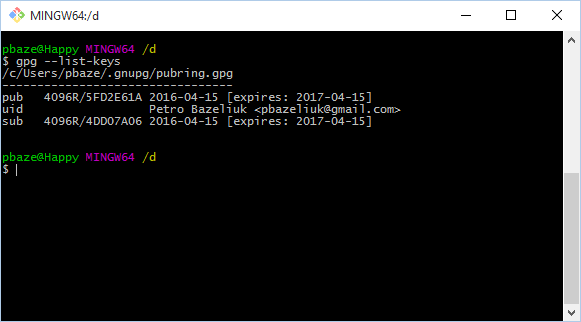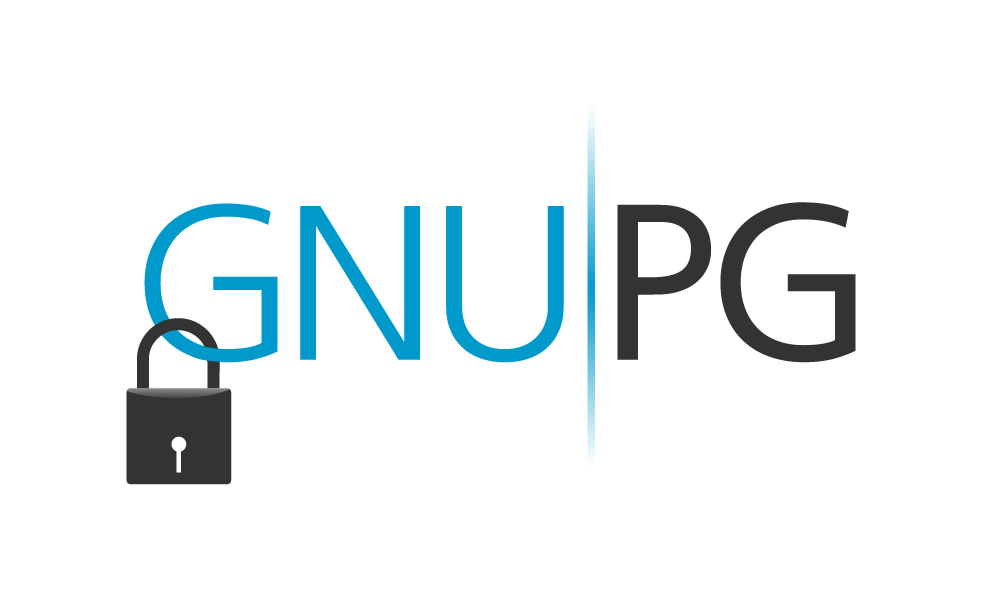
Next, I wanted to explore how can I use this same GPG key with ProtonMail.
#Import pgp key gpg suite install
Or, a more popular option is to install pinentry via brew install pinentry. After selecting the only option available (1) my key showed up as verified and published on Keybase 0xF2036890CCE43A6E.Notice that I did not pass -import flag to the above command, as I am not interested in the Keybase CLI features such as keybase pgp decrypt and keybase pgp sign. This can be fixed in a few ways, first you can tell GPG to use the current TTY via: $ export GPG_TTY=$(tty) If you're getting the following error, you might not have told GPG what TTY to use to ask for a passphrase. For this purpose, you can do the same step as we used to import the key. Pulling key updates from keybase into gpgĪlternatively, you may wish to pull updates from keybase into gpg.
#Import pgp key gpg suite update
# Tell keybase to fetch your key from GPG and update it on keybase If you've made some changes to your keys, perhaps added an email address, or changed the expiration date, you'll want to take your keys from gpg and push them back up to keybase. You can also distribute this as desired to others for verification purposes. You can now attach this to your github, gitlab, or preferred git remote host which will automatically verify either commits or tags.

If you can't remember what email address is attached to your public key, you can list all your gpg keys with gpg -list-keys. Simply replace with the email address attached to your key. You may also wish to distribute this to people so they can verify the tags of your git repository. NB: As noted above the keyrings are stored and imported for specific users rather than globally.
You can then use 'gpg -importYou'll probably want to export your gpg public key and upload it to something like github or gitlab. All you need to do is copy your public and private keyrings from the user (s) on your old system to the equivalent user (s) on your new system. This is the main reason people try to use keybase and gpg together. Now you've imported your pgp keys into gpg, you can now export them in the gpg format for use in things like git.

Your private key is meant to be kept private from EVERYONE. Do not upload your private key to the keybase servers unless you have a really good reason and have thought through the risks.
#Import pgp key gpg suite how to
Note: The above example shows you how to import a private key from the keybase servers, this is definetely something you need to think about before doing it. Read these carefully and make sure to store your passwords using a password manager. $ keybase pgp export -s | gpg -allow-secret-key-import -importĭuring the second command, you may be asked by keybase to authenticate and create a passphrase for the key. If you don't have gpg already installed, you can install it with most package managers on unix systems, on macos you can brew install gpg.Īssuming you have published your public and private keys, simply install gpg, and then you can import them directly. How to import an OpenKeychain backup with gpg Make a backup from OpenKeychain and transfer it to your computer via email or a cloud provider, like Dropbox. This can be useful for a number of things including singing git commits which uses gpg.


 0 kommentar(er)
0 kommentar(er)
